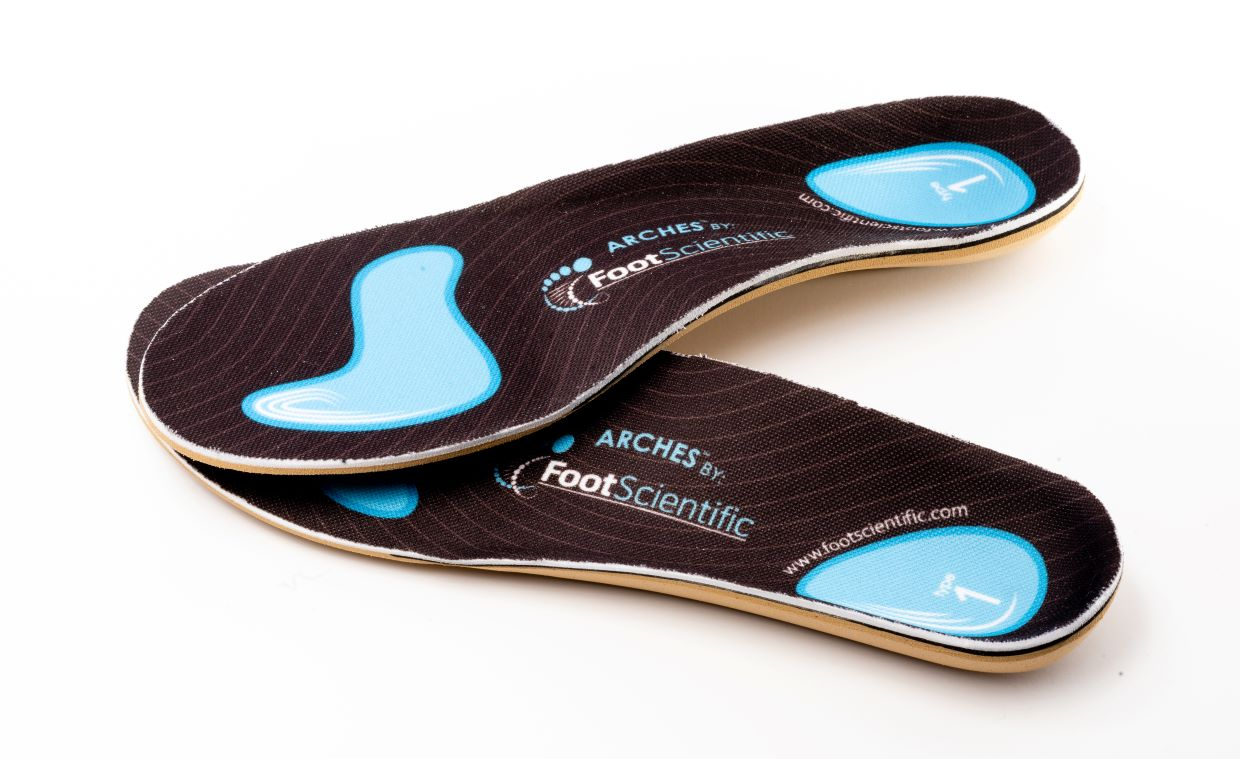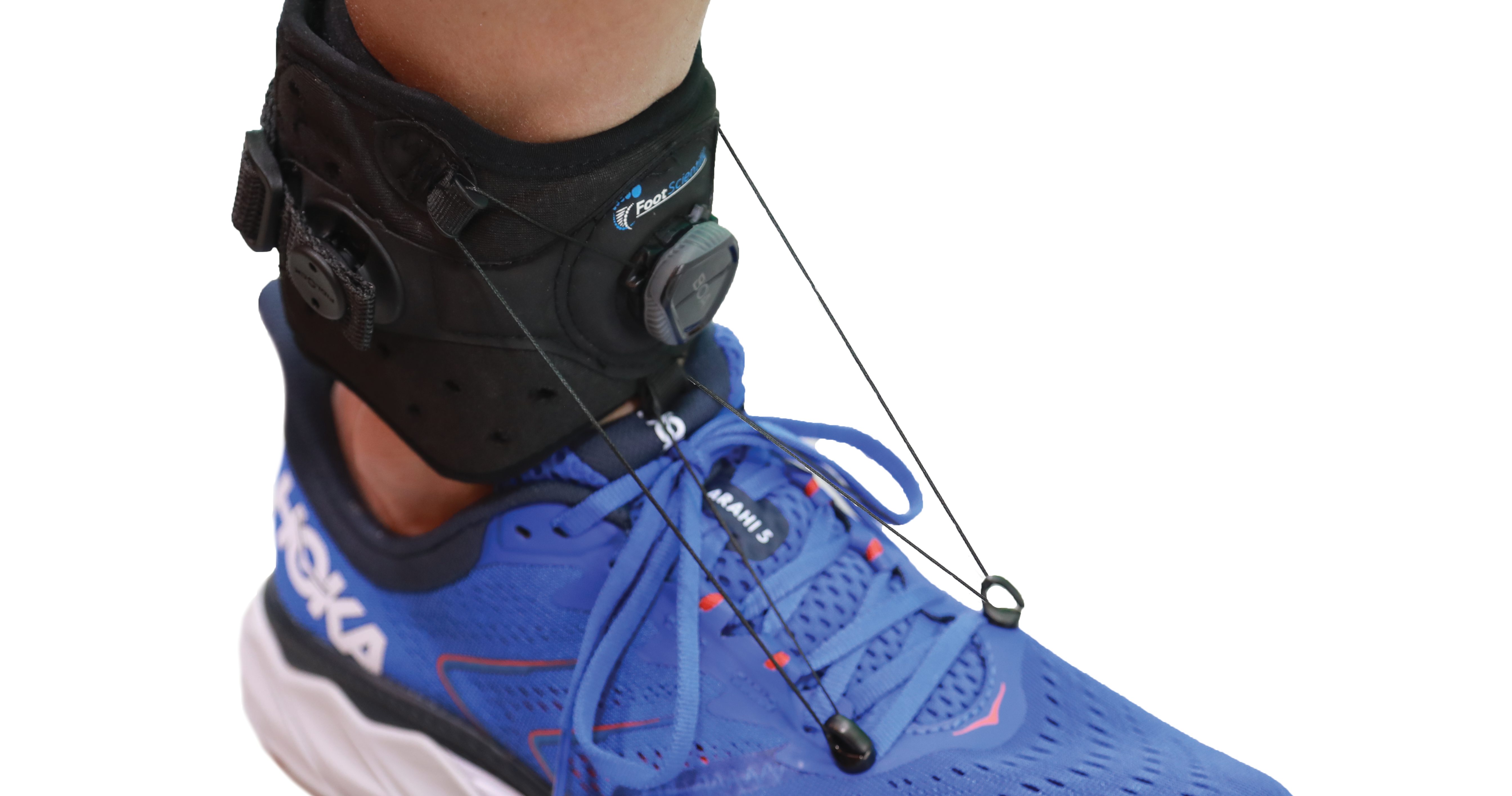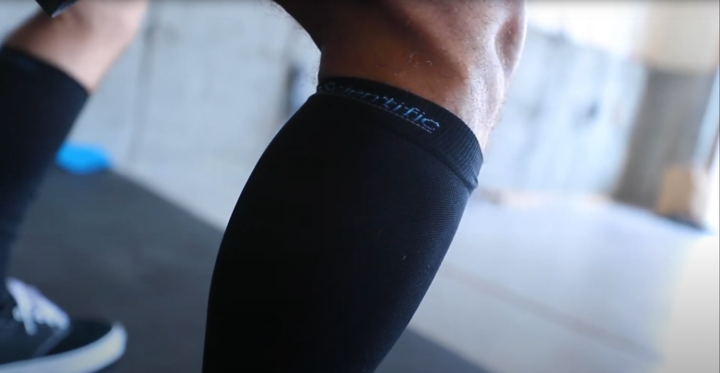Hammer Toe
A Hammer Toe is a deformity of the proximal interphalangeal (PIP) joint of the second, third, or fourth toe causing the toe to be permanently bent resembling a hammer. A Hammer Toe is most commonly on the second toe closest the big toe, but it is possible to experience hammer toes to on all four of the smaller toes. The primary symptom of Hammer Toe is the toe curving downward in a hook like form.
What causes Hammer Toe?
When your toe(s) are bent for long periods of time it can cause the muscles to shorten, resulting in Hammer Toes. Hammer Toes can be the result of many different issues. Wearing poorly fitted shoes that force the toe(s) into a bent position, high heels, or shoes that are too narrow or too short for the foot are common culprits.
Causes include muscle, nerve or joint damage from conditions such as:
- Hereditary
- Trauma (for example, a history of broken toes)
- Osteoarthritis
- Rheumatoid arthritis
- Stroke
- Charcot-Marie-Tooth Disease
- Diabetes
How do I know if I have Hammer Toe?
What are the symptoms of Hammer Toe?
The symptoms of Hammer Toe start off as a slight, unnoticeable deformity that gets worse of the years. Early on the toes are bendable and can be managed with noninvasive techniques. Once hammer toes reach late-stage, the toe(s) can become inflexible and may not respond to nonsurgical approaches. People who experience Hammer Toe are often prone to bunions, corns, and open foot sores.
How is Hammer Toe diagnosed?
A physical examination coupled with X-Ray imaging will allow for proper diagnosis.
What can I do from home for Hammer Toe?
What can I do to prevent Hammer Toe?
Avoid footwear that causes your toes to bend such as high heels, narrow or short shoes, or in some cases certain styles of slip-on shoes. Wearing shoes that are held on the foot by a strap or laces are best. Unfortunately, for those that suffer from hereditary Hammer Toe the only prevention is monitoring your toes for the first sign of symptoms of Hammer Toe. If caught early, physical therapy and stretching exercises can prevent surgery.
What treatments can I do from home for Hammer Toe?
If you are experiencing mild to moderate hammer toe symptoms, change your footwear to shoes that do not rub across the hammer toe to prevent corns, blisters, or cuts. Avoid straps and seams that are irritable to the toe to increase your comfort level. Other at home treatments include:
- Wear footwear that provides plenty of room for your toes to rest in a straight position.
- Use exercises to stretch, strengthen, and improve your comfort and condition.
- Mobilize the toe by gently stretching the toe into a straight position.
- While watching television or reading, put a towel flat under the feet and use the toes to crumple it.
- Use your toes to curl and straighten, picking things up off the floor.
When should I see a doctor for Hammer Toe?
You should make an appointment with a podiatrist if you experience the following symptoms of Hammer Toe:
- Pain in your toes or feet that lasts longer then a few days
- If one or more of your toes begin to curl
- If you already have Hammer Toe and find it bothersome.
If you have diabetes and experience any toe or foot pain see your physician promptly to avoid infection and complications.
Treatments your doctor may recommend for Hammer Toe
There are a variety of treatments available for hammer toe. Depending on the severity of your condition the doctor may suggest some of the following treatment options:
- Your doctor may provide you with a toe device or foot padding to alleviate pressure and prevent the deformity from worsening,
- Injection have been used to alleviate pain and swelling,
- Straps or slings may be used,
- Your doctor may trim calluses and corns that result from the toe deformity.
- Corrective surgery may be required.
Talk to your doctor today about FootScientific's FuseRight: https://footscientific.com/pages/fuseright




